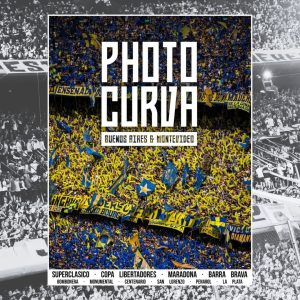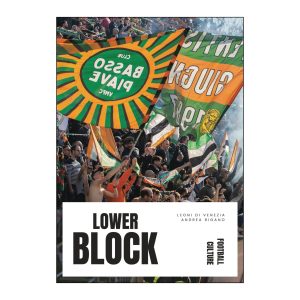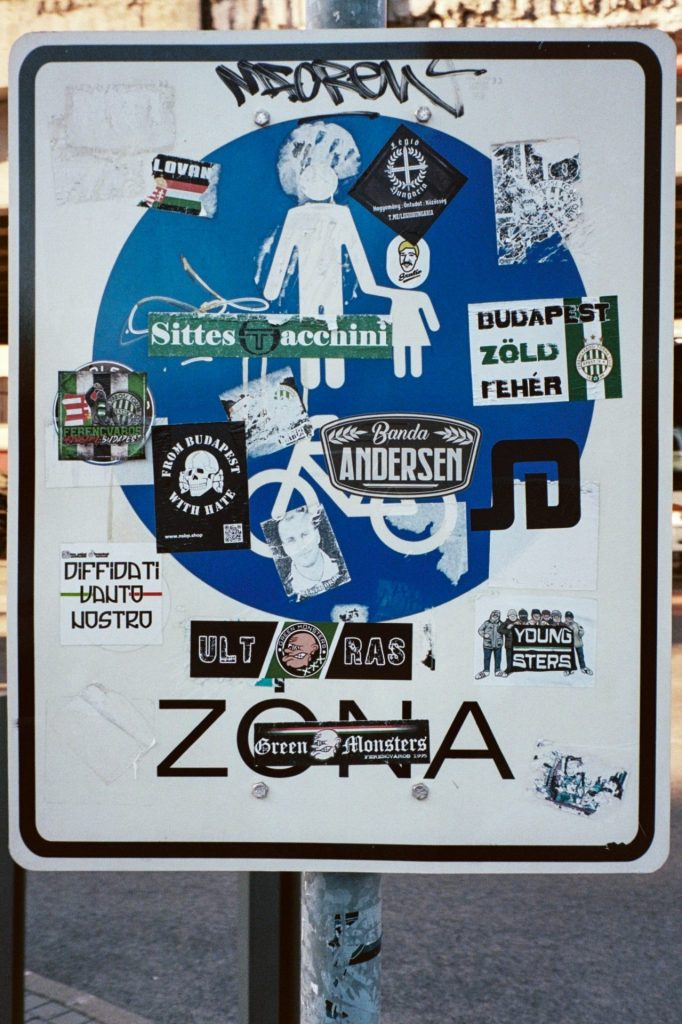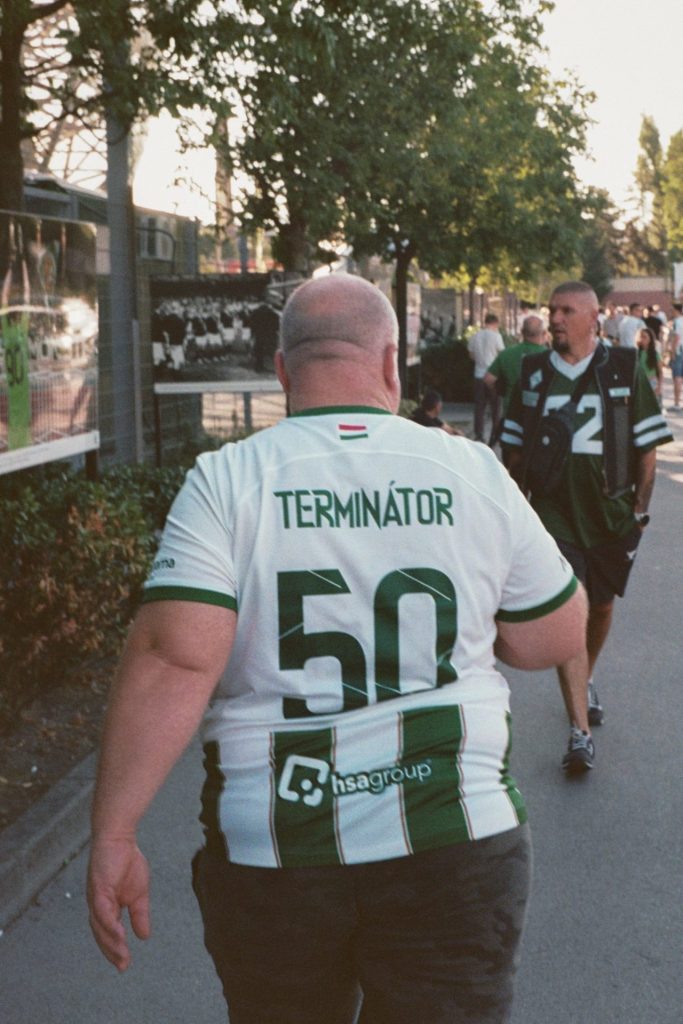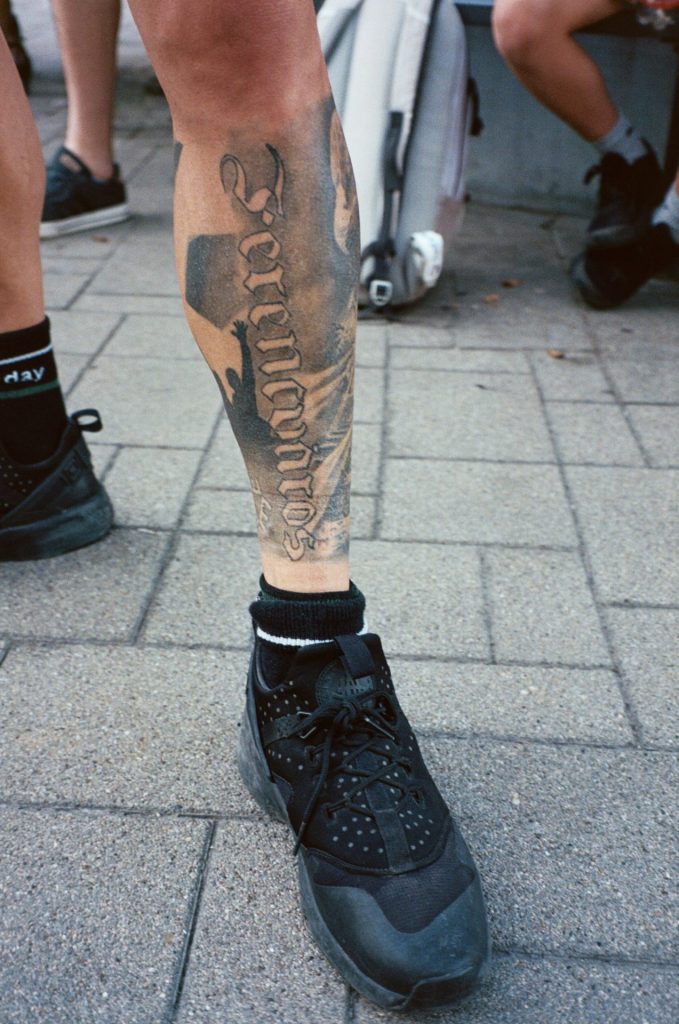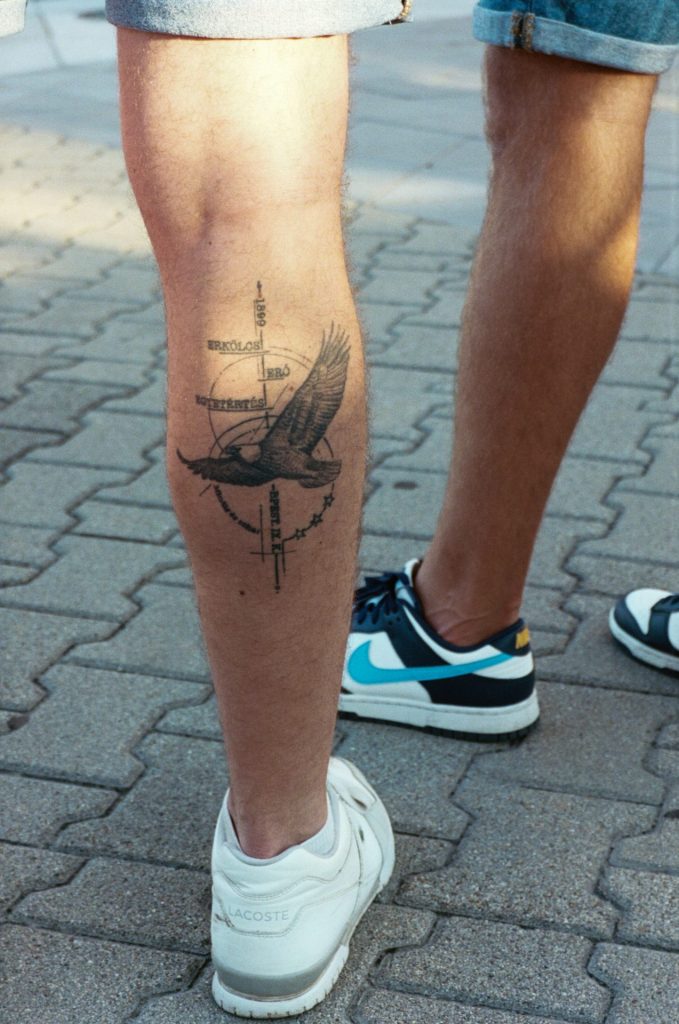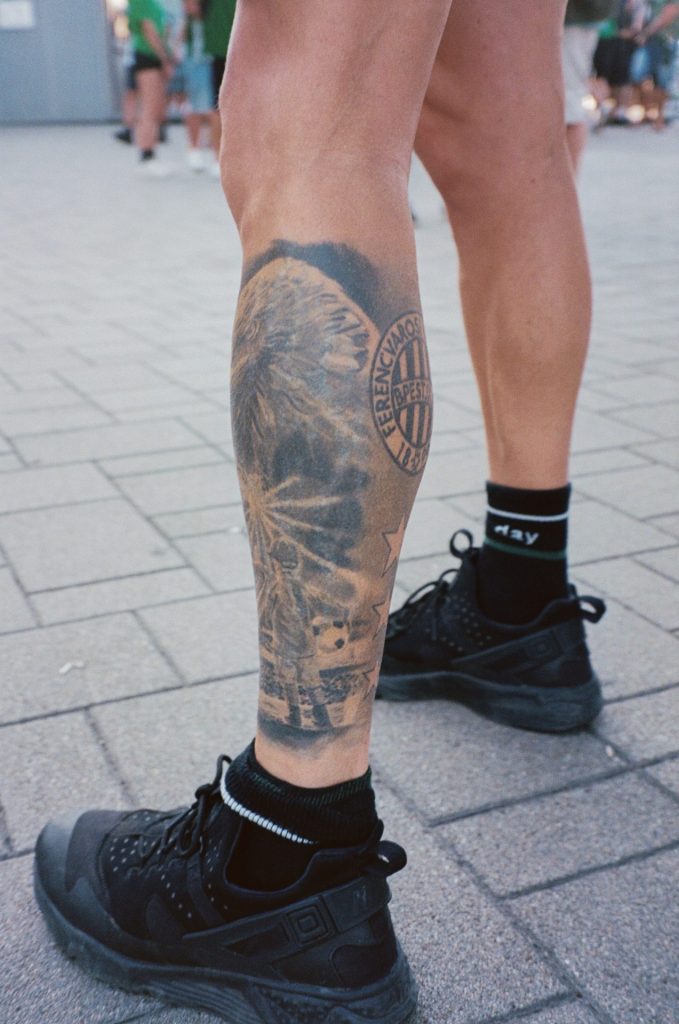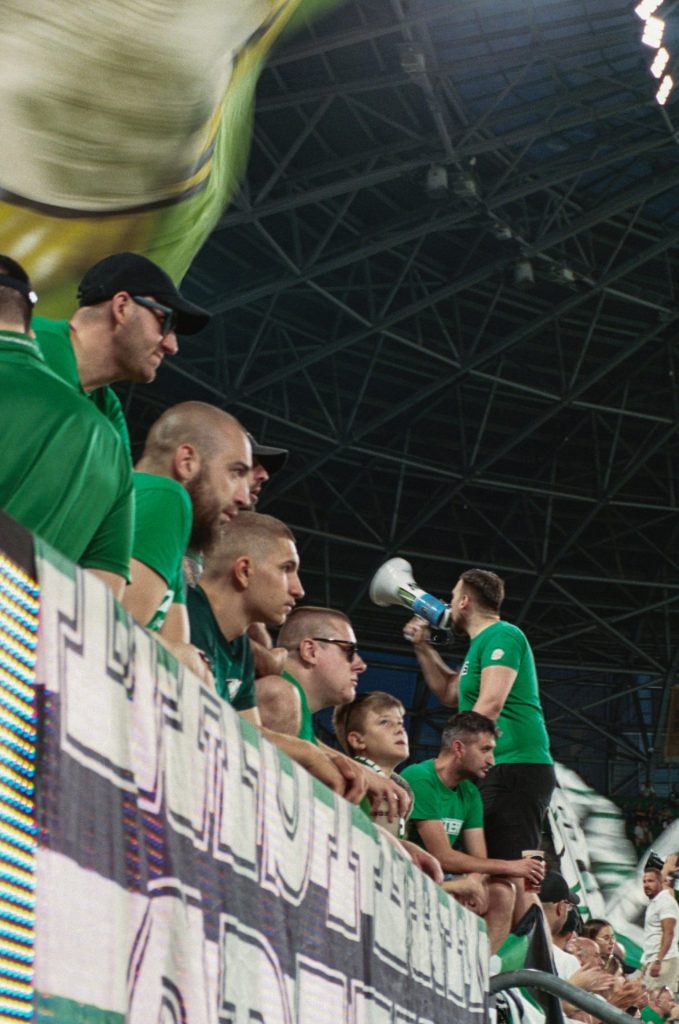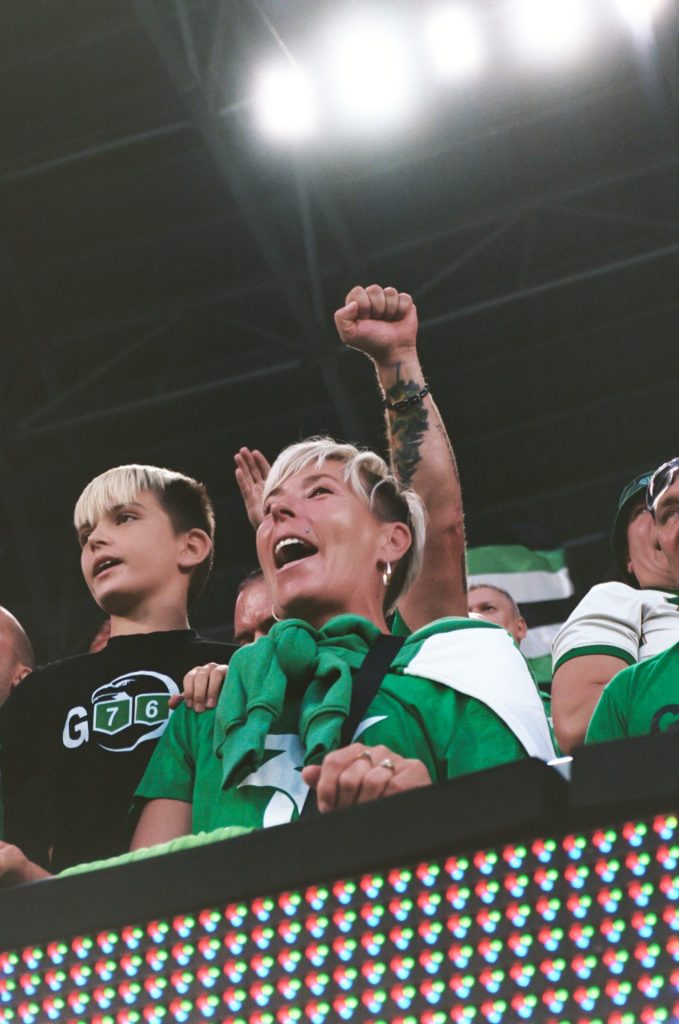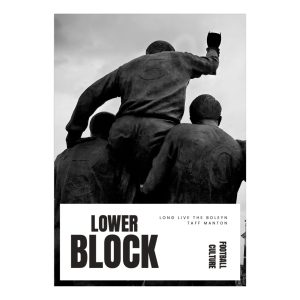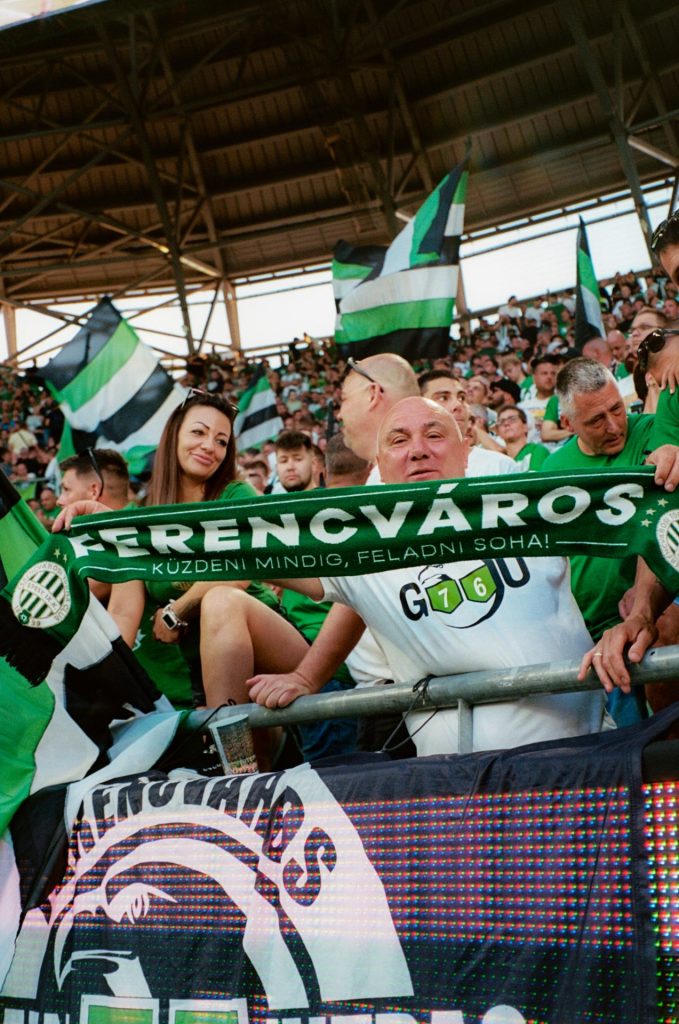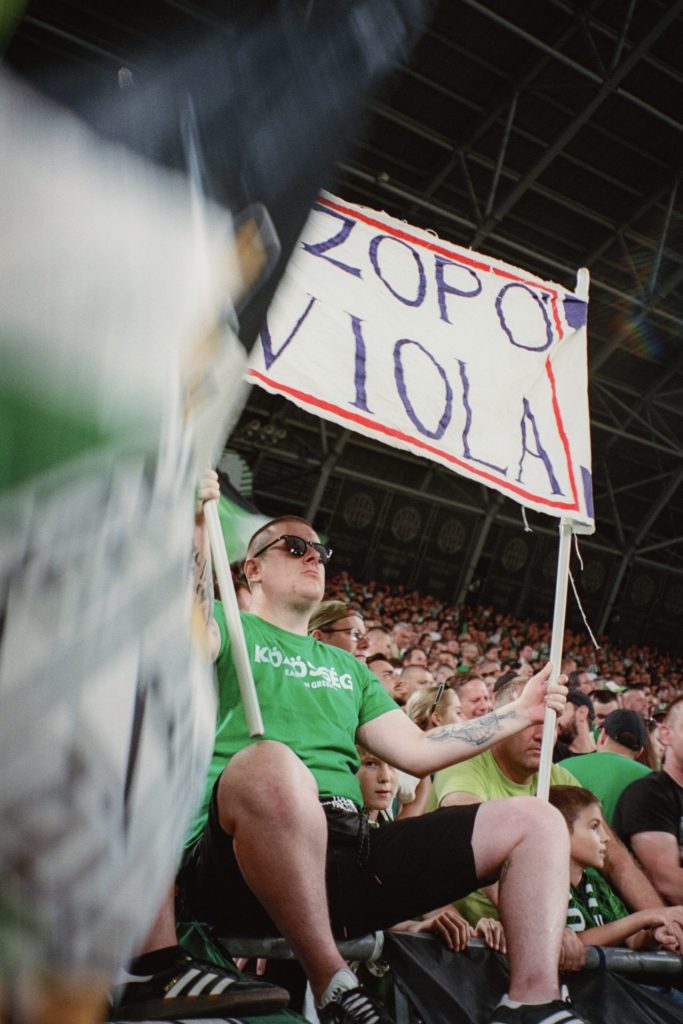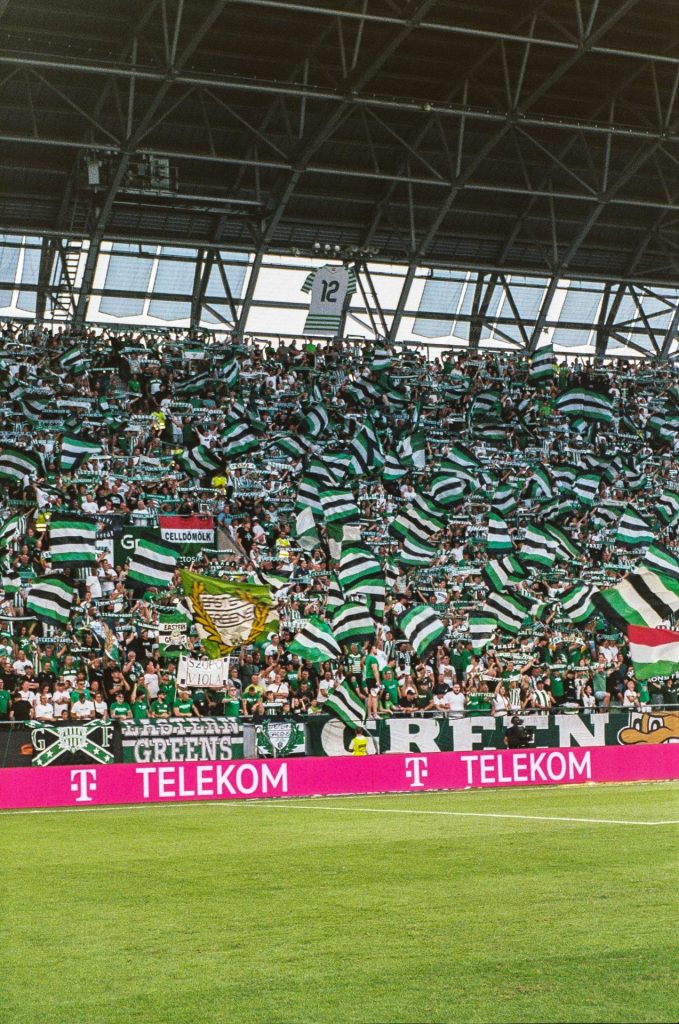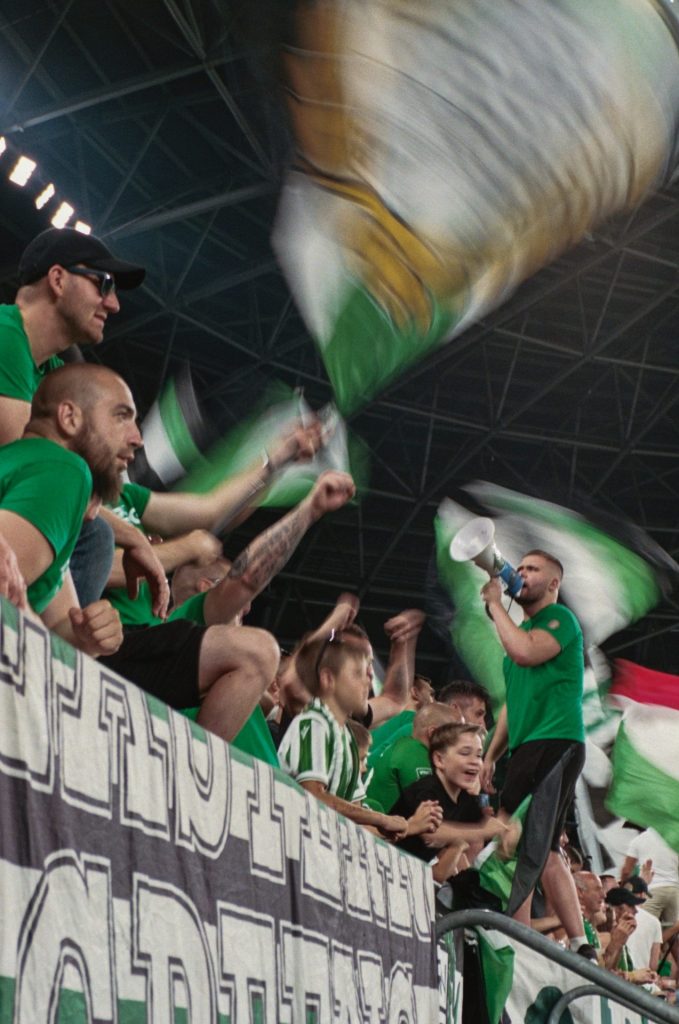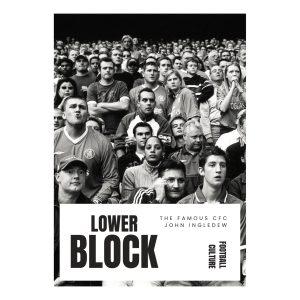On a warm evening in Budapest, the air around Ferencváros Stadion—better known as the Groupama Aréna—fills with the sounds of vendors, chants, and clinking beer bottles. Families in green and white mix with hardened supporters draped in banners, yet beneath the festive veneer lies a darker reality. In his own words and photographs, Guirec Munier captures not only the fervour of Fradi’s ultras, the Green Monsters, but also the far-right symbols, xenophobic songs, and nationalist rituals that mark their presence.
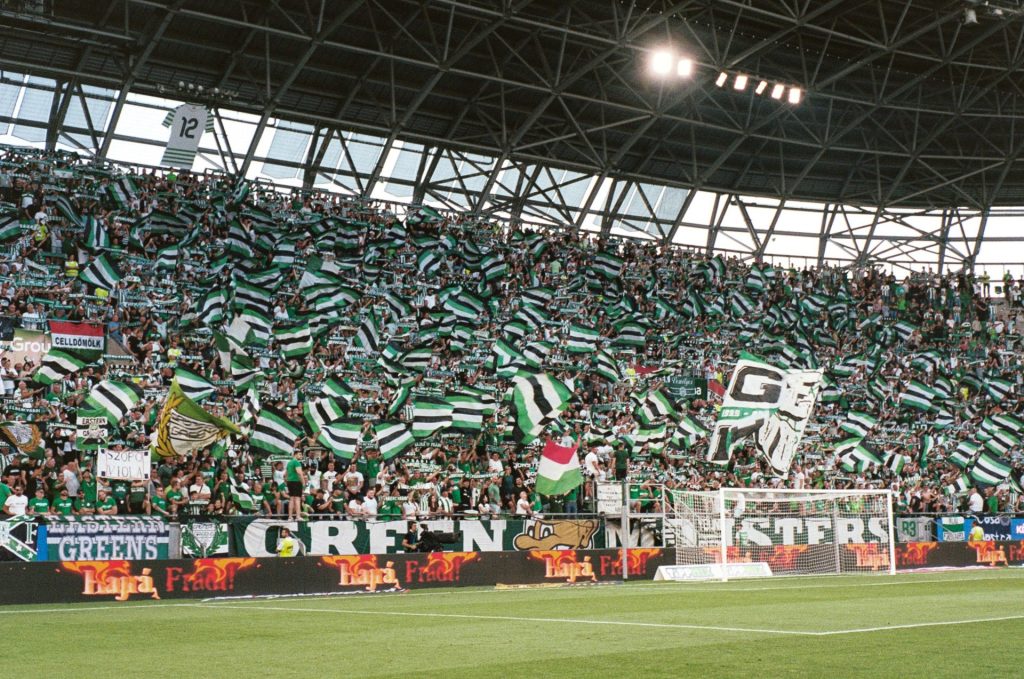

Ferencváros TC is Hungary’s most celebrated football club, yet its terraces have long mirrored the country’s political climate. From the open celebration of Adolf Hitler’s birthday in decades past to the alignment of club president Gábor Kubatov—vice-president of Viktor Orbán’s ruling Fidesz party—with state-backed football ambitions, the story of Fradi is inseparable from Hungary’s broader shift toward authoritarian nationalism. The ultras’ re-emergence after years of silencing reveals how football can both absorb and amplify political ideology. Munier’s words and images confront us with the uneasy blend of passion, pride, and extremism that continues to shape Hungary’s most popular club.
“How do you recognise a far-right club? By the political beliefs of its supporters? By those of its leaders? By the national sports policy pursued by an authoritarian regime that benefits the club? In the case of Ferencváros, Hungary’s most popular club has achieved a hat trick.
From the repeated celebration of Adolf Hitler’s birthday to the racist and xenophobic chants sung by its members, the Green Monsters are anything but choirboys. Gagged and then policed by Gábor Kubatov, president of Ferencváros, vice-president of Fidesz, and a close associate of Viktor Orbán, the Fradi ultras have borne the brunt of Kubatov’s demonisation strategy aimed at restoring the Budapest—or rather, Pest—club to its former glory.
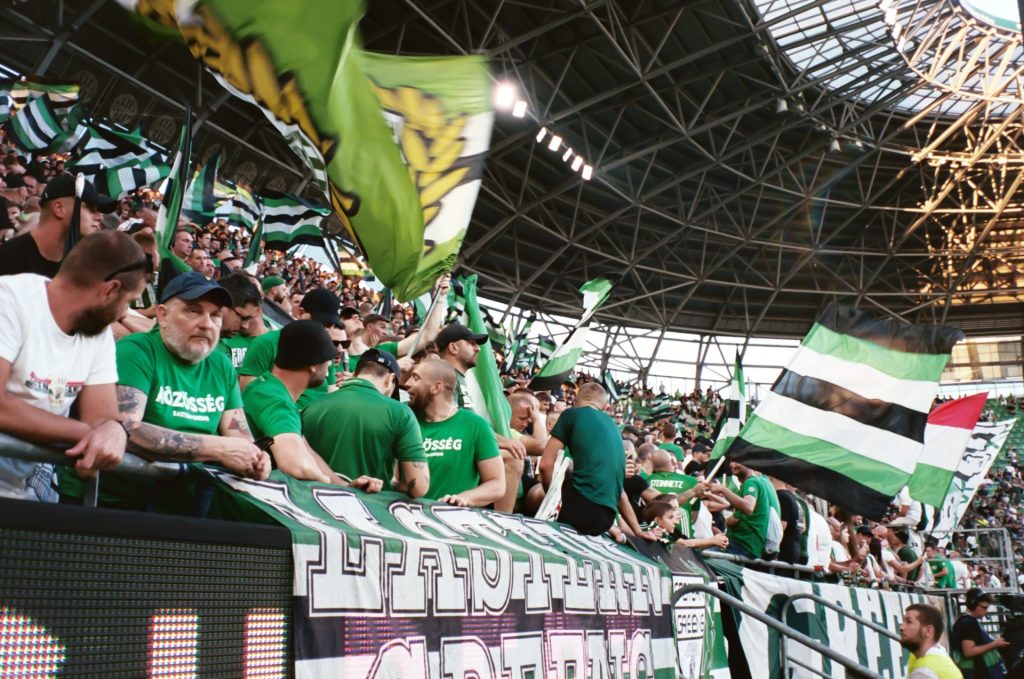
But, after several years of enforced silence, the Green Monsters have rediscovered their voice. At every home game, the same ritual takes place as soon as they leave the Népliget metro station. Stationed on the stairs leading to the Groupama Aréna, Ferencváros’s fully state-funded stadium, the black-clad ultras form a united front to support their activities.
Before making their way between the broad shoulders of the Green Monsters, the crowd participates in the fundraiser by slipping a few forints into the eagerly shaken boxes. A quick glance is enough to guess the ultras’ political leanings. Irredentist tattoos and Hungarian national symbols inked their tanned skins. Although all social classes are represented, an overwhelming majority of the Green Monsters are undoubtedly patriotic and far-right, just like the rest of the Zöld Sasok supporters.
Ferencváros is more than a club. Through Gábor Kubatov, Fradi has become Viktor Orbán’s megaphone, and his resurgence over the past decade is inextricably linked to the government’s football obsession: creating a Hungarian club capable of competing on the European stage.
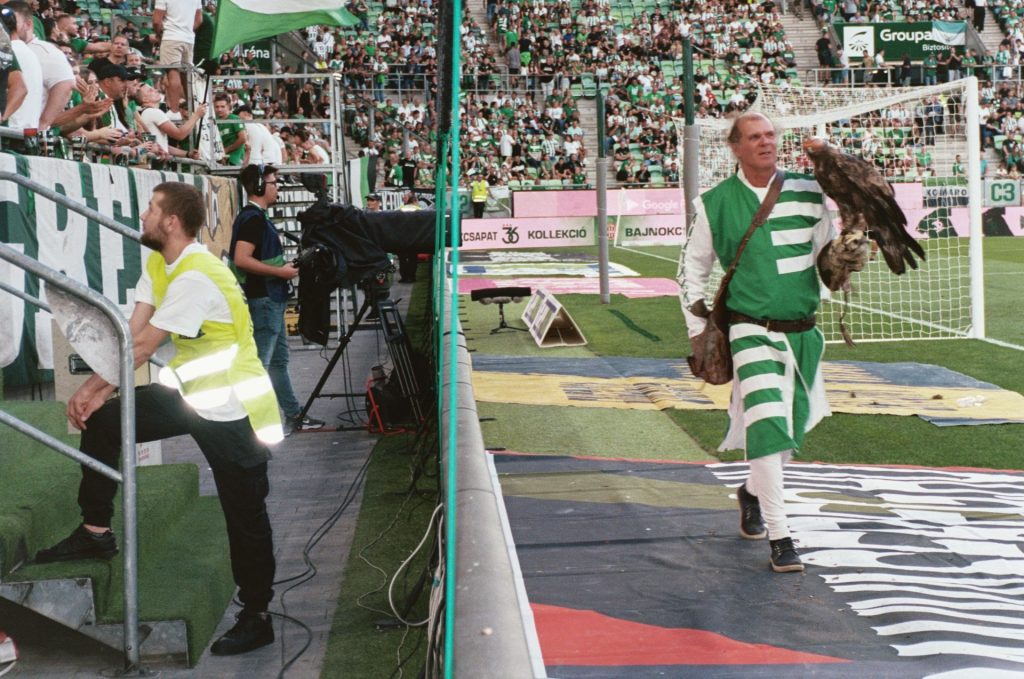
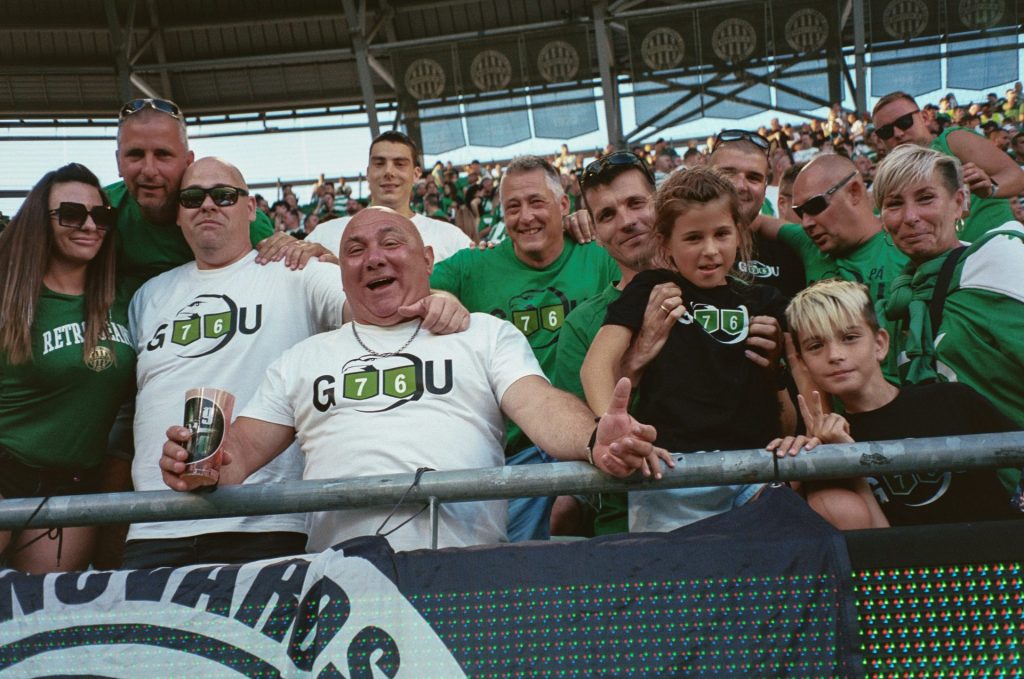
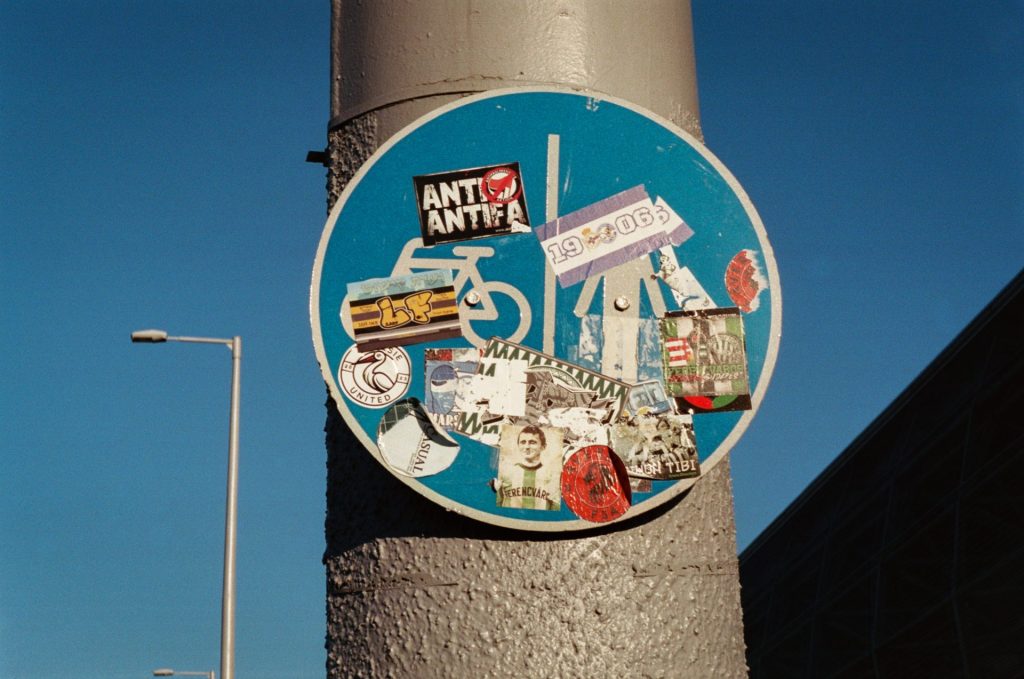
According to a 2021 report, Ferencváros received at least 80% of its revenue directly or indirectly from the state between 2011 and 2019. Once, the most powerful people built cathedrals and courted the most renowned artists. Today, they build stadiums and buy football clubs. Sportswashing at its finest.
The atmosphere around the Groupama Aréna is generally relax. Old people with weathered faces selling sunflower and pumpkin seeds, scarves, and vuvuzelas mingle with beer and Jägermeister drinkers. A lovely summer evening on the banks of the Danube.
Inside the stadium, the security supervisor gets straight to the point with me. It’s strictly forbidden to photograph the Green Monsters, even with their consent… Never mind that—the opportunity is too good to ignore, and the cat-and-mouse game begins with security as I attempted to capture the passion of the ultras at the foot of their stand.” Guirec Munier
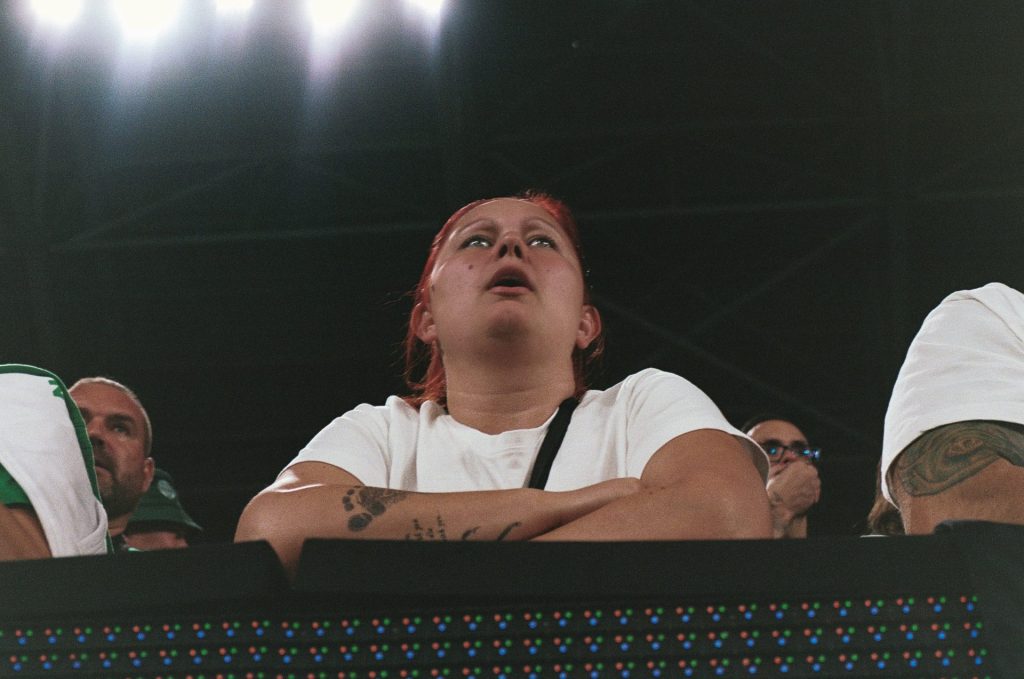

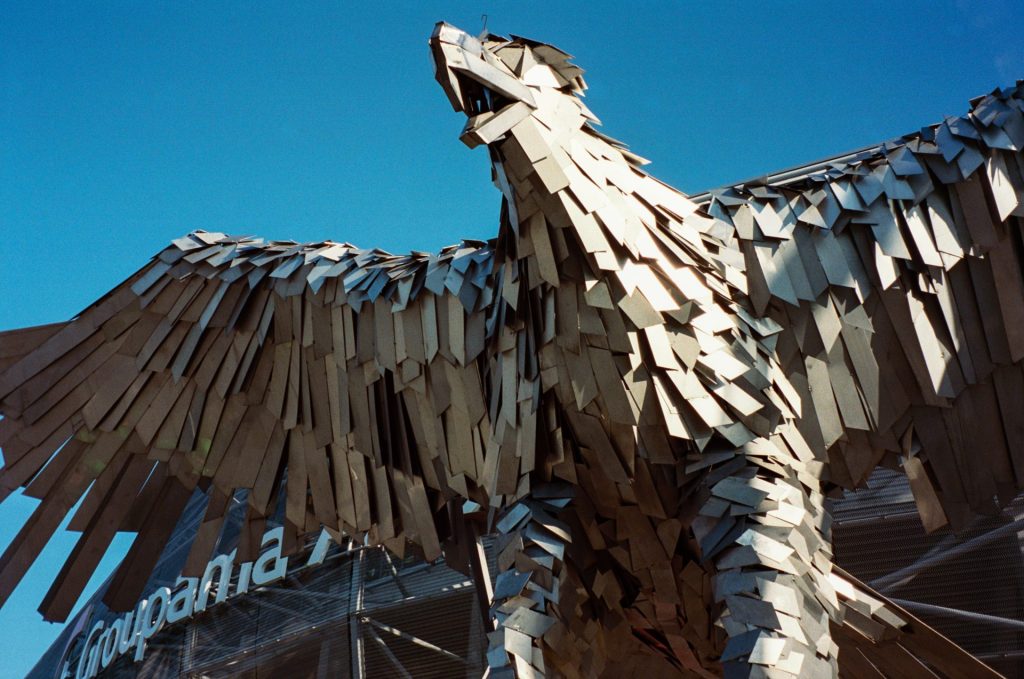
You may also enjoy…

